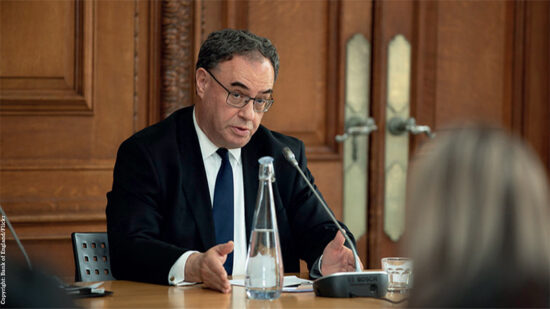After describing 2022 as the worst year ever for bonds, Iboss Asset Management is looking to increase its allocation to certain areas within fixed income in 2023.
According to Iboss, the UT Fixed Income sector fell over 23% last year, which was more than twice the fall of equities, which finished the calendar year down 10.6%.
Chris Rush, investment manager at Iboss, said not only was this the first year in which the two asset classes sold off in tandem, but rather than equities being the traditional risky asset, he argued avoiding the traps in fixed income was the biggest bullet to dodge in 2022.
“Overall 2022 was an unprecedented year and a very tough one for lower risk investors,” Rush said. “At one stage the IA UK Index Linked Gilts sector was down 50%, while the UK Gilts sector ended the year down 23.8% and the Sterling Corporate Bond sector fell 16%.”
To counter this, Rush said Iboss started last year as short-dated “as they could possibly be”, looking to take as little interest rate and credit risk as possible and, in general, not be exposed to fixed income assets.
“Looking into this year, we are changing this a little,” he said. “We are looking to increase our duration, take some interest rate risk and increase our geographical diversification within fixed income assets.”
Global bonds
To do this, Rush is looking to add more global bonds to their allocation and introduce a small weighting to emerging market debt.
“We believe there are more opportunities in a wider range of places and that active managers can take advantage of these,” he said. “However it likely to be a rough ride from here. As such, we are not going whole hog into fixed income just yet, instead we are favouring a tilt toward shorter duration assets and broadening of fixed income instruments.
One fixed income asset the Iboss portfolios will not be increasing their allocation to is high yield.
“We increased our allocation to sovereign bonds because we think that even where yields are at the moment, they could provide the defensive characteristics that they unanimously failed to provide last year,” he said.
“While we can obviously get higher yields from high yield bond funds, it is our belief that the current level of yields is attractive enough without having to go down the capital structure,” he added.
“At the same time default risk is higher in high yield than other fixed income assets, which is a concern given the continuing pressures from increases in interest rates and higher inflation.”








